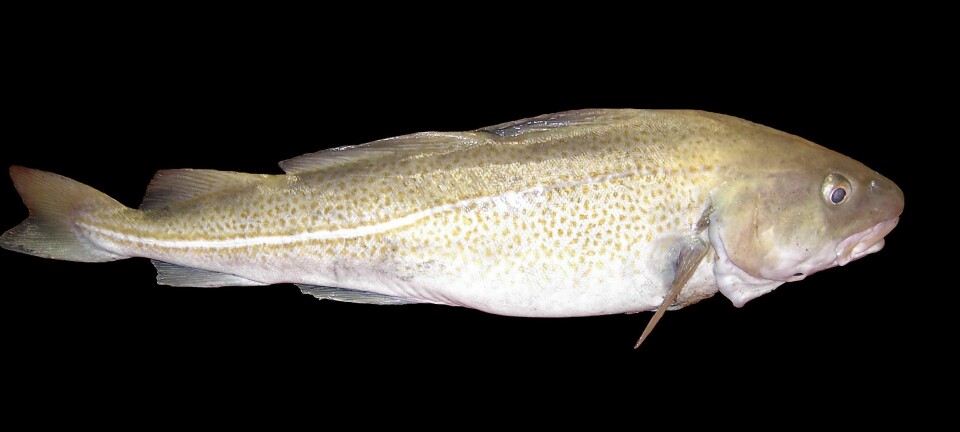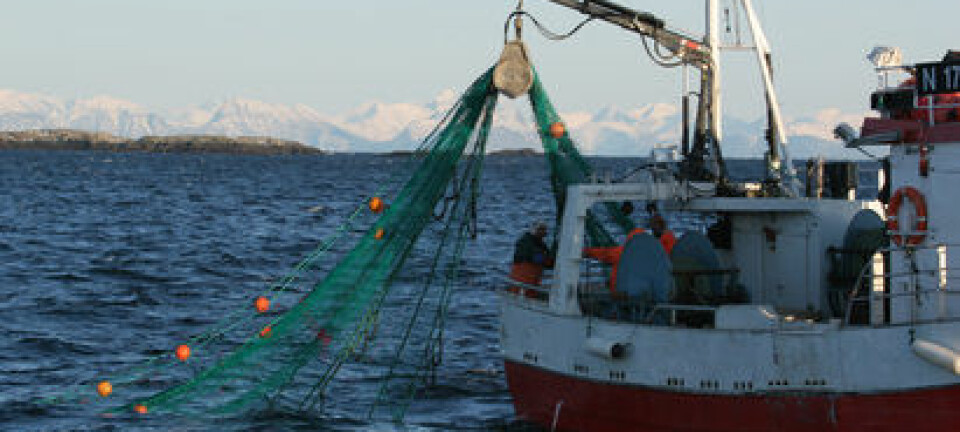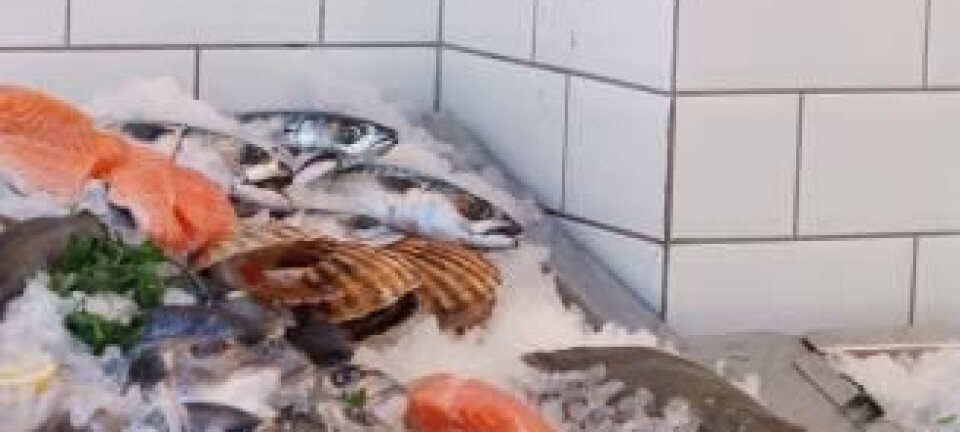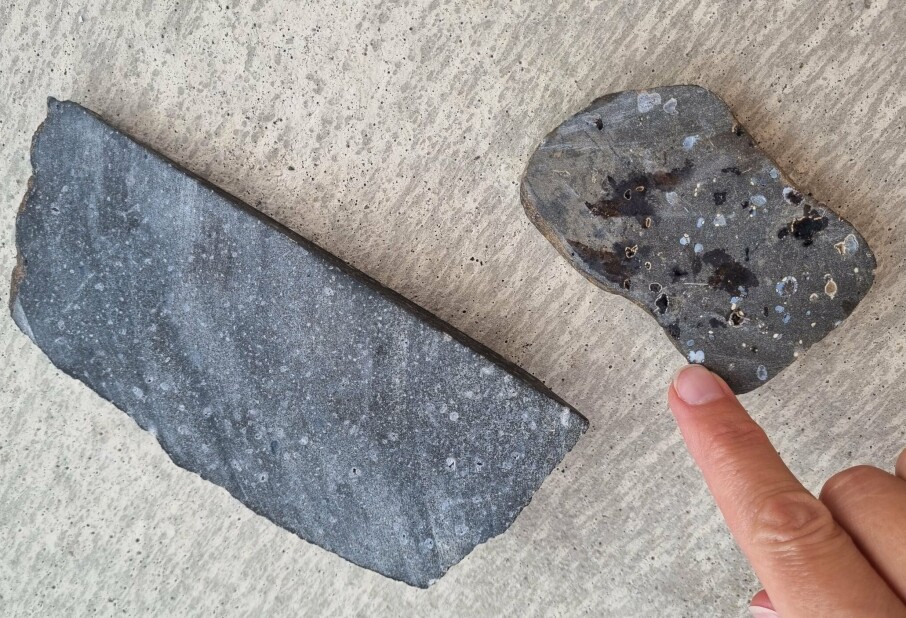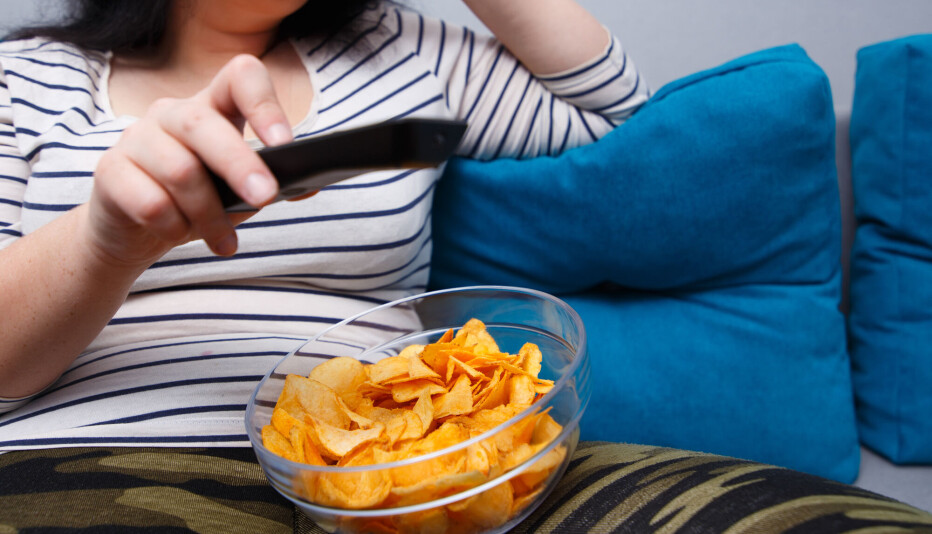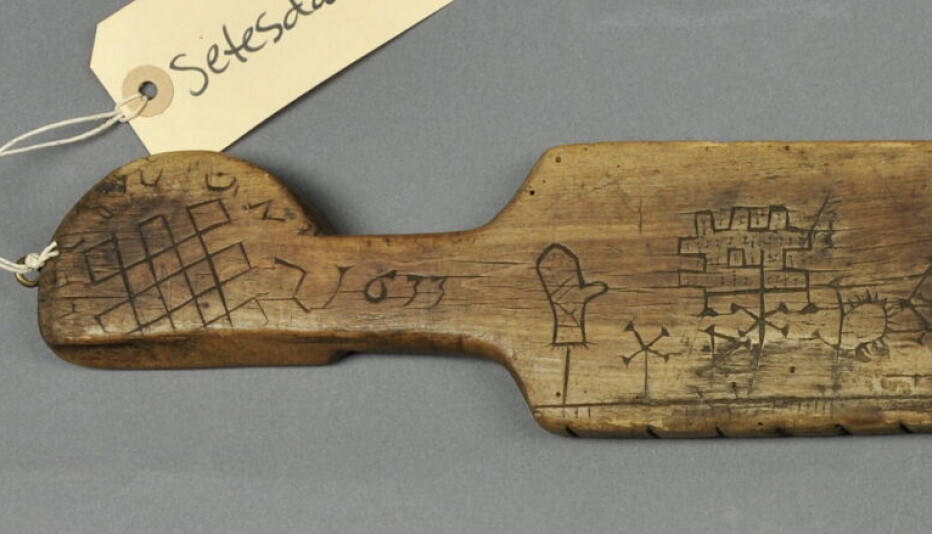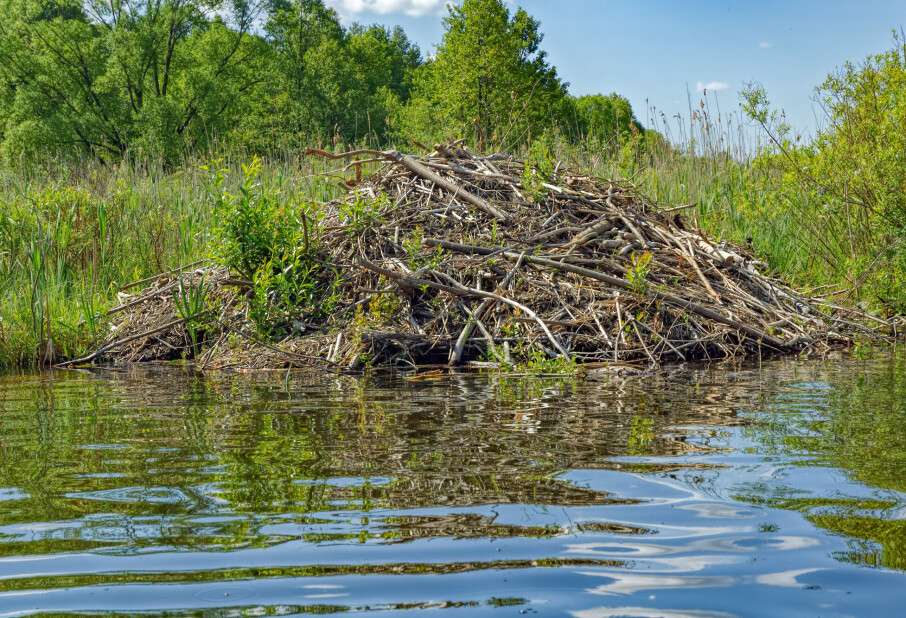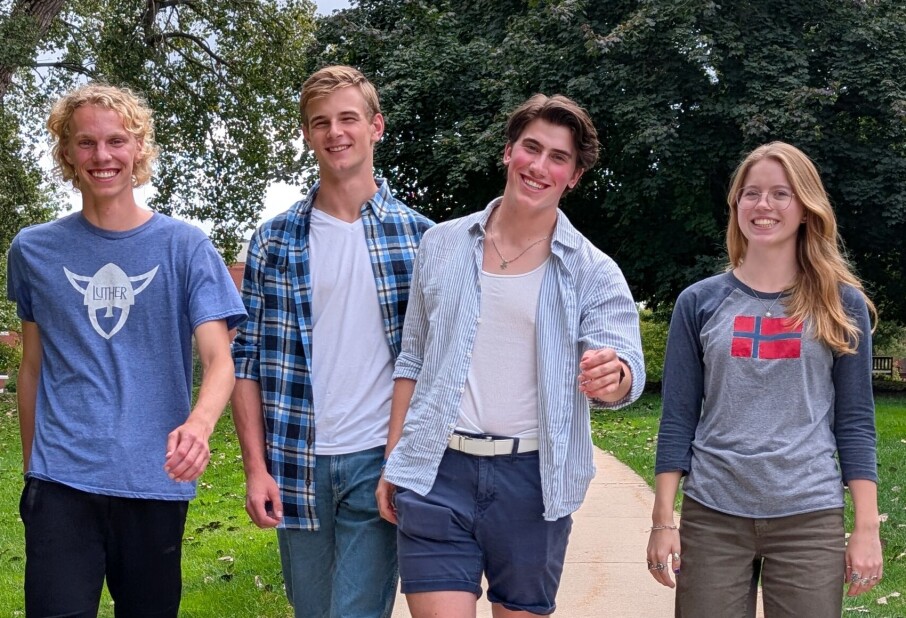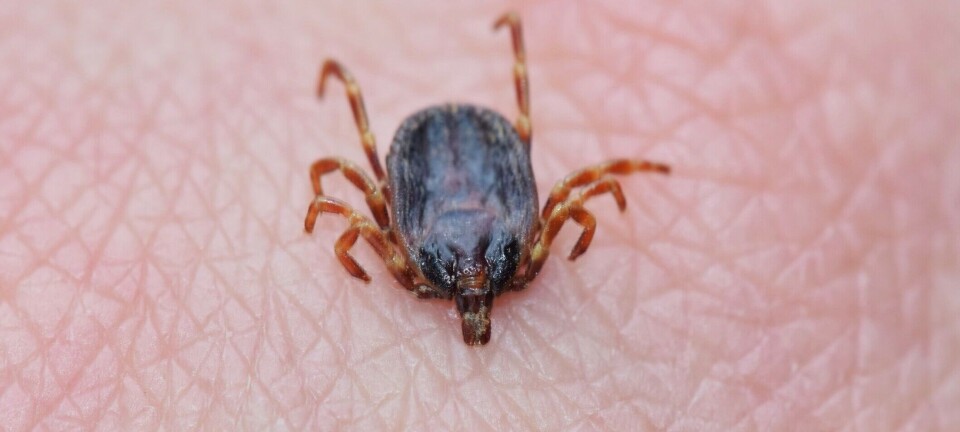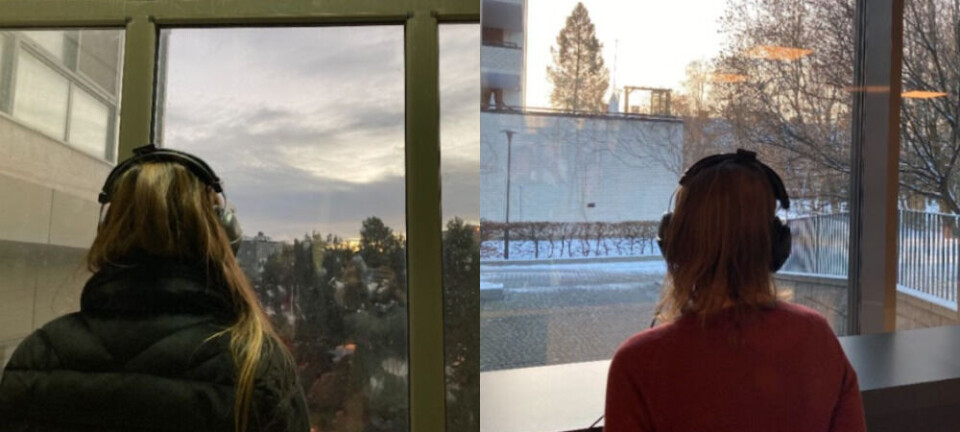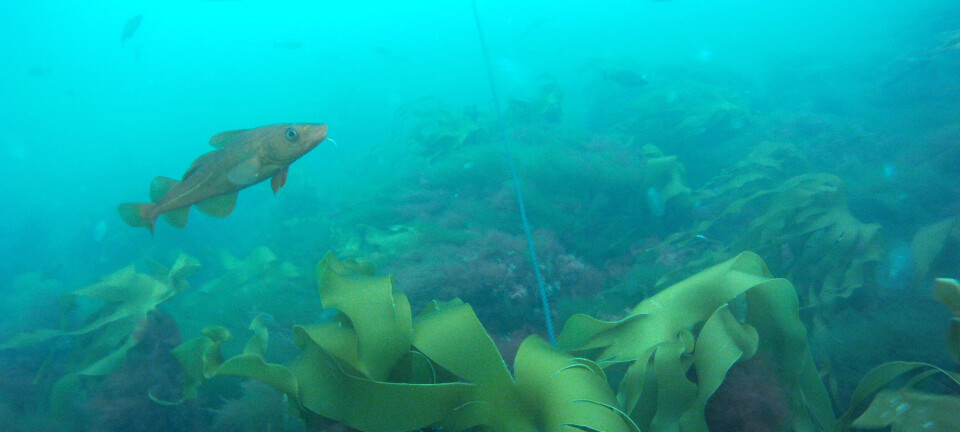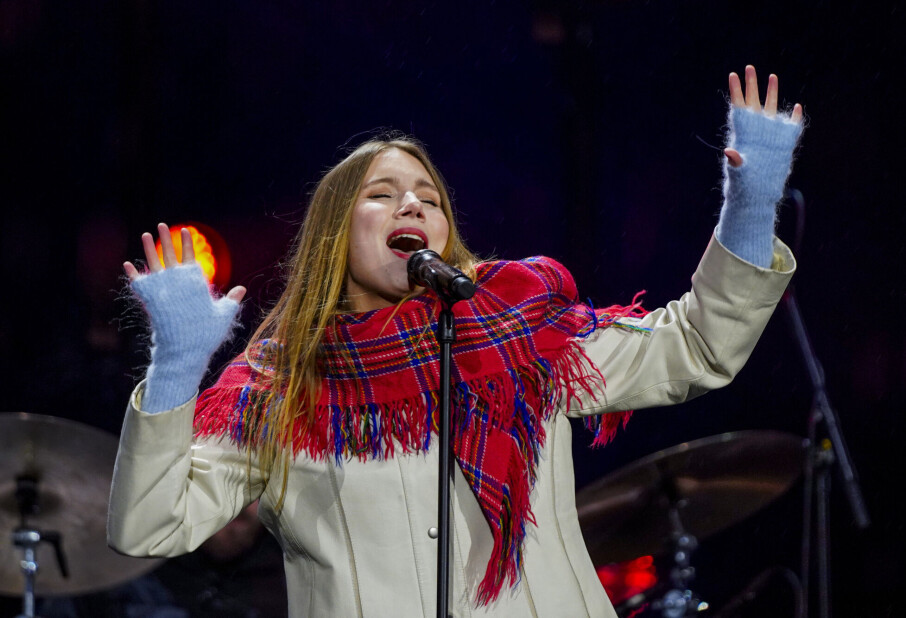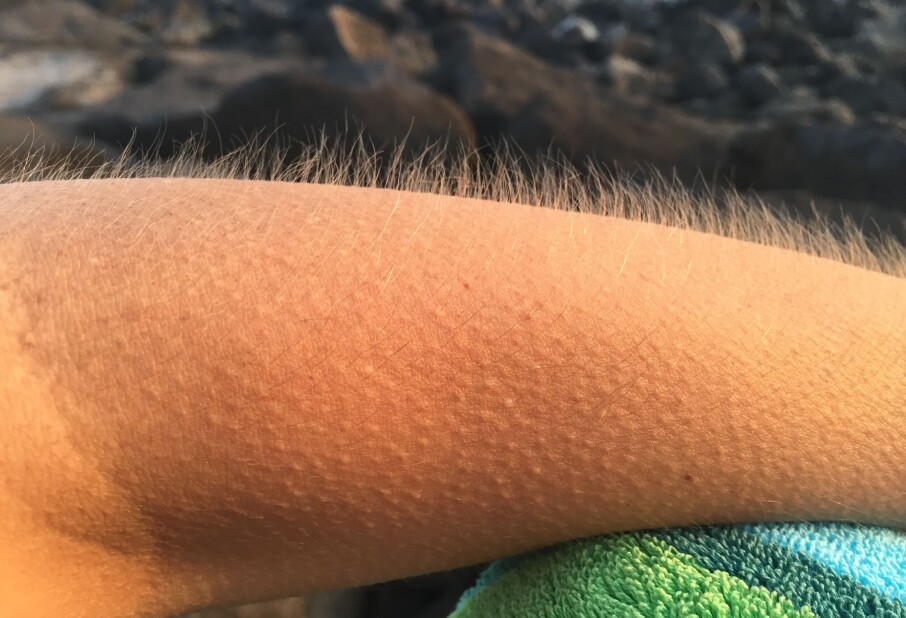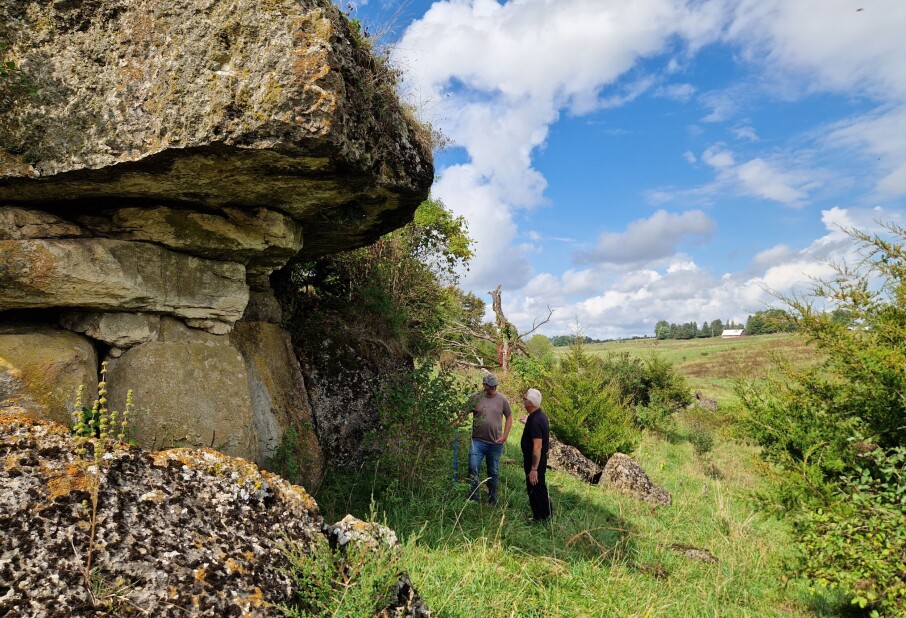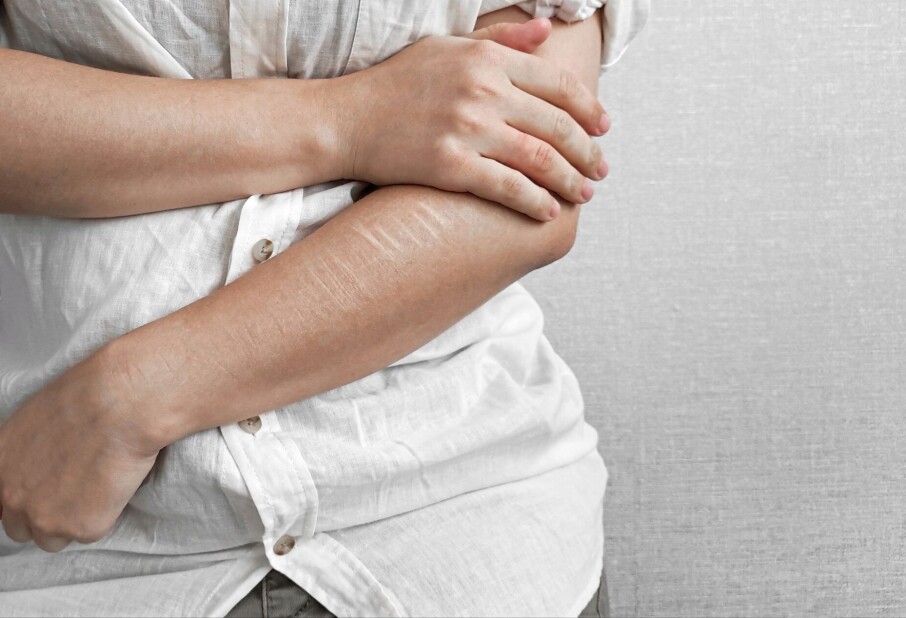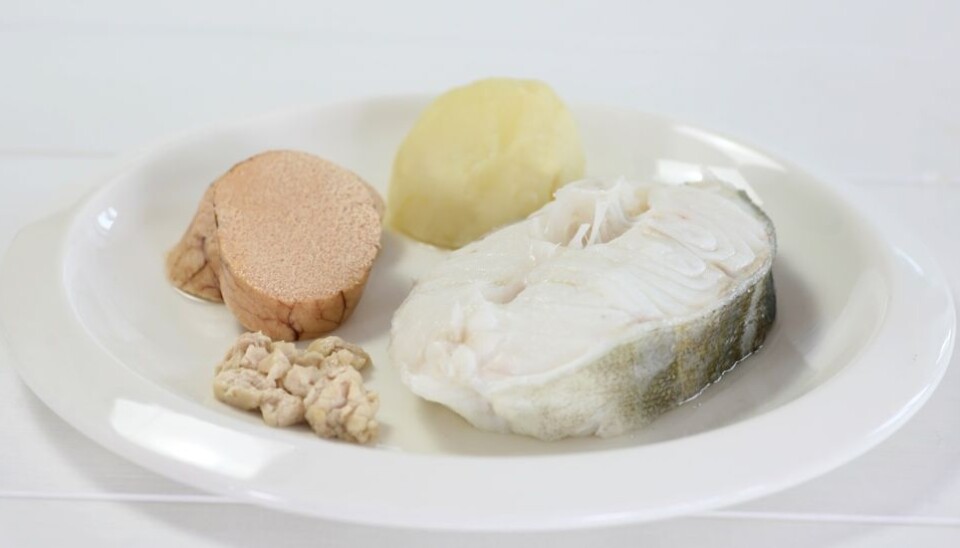
Spawning cod packed with vitamins
Cod migrate from the Barents Sea to the Lofoten Islands in North Norway to spawn every winter. The fishing season for these large spawning cod, called skrei in Norwegian, is currently open. A traditional North Norwegian serving of the fish is a super source of vitamin D.
Denne artikkelen er over ti år gammel og kan inneholde utdatert informasjon.
Norwegian chefs say that skreimølje, which consists of the white meat of an adult spawning cod, its liver and a slice of roe, usually served with boiled potatoes, has become trendy. This is terrific from a nutritional viewpoint, because just a few servings provide heaps of vitamin D. The vitamin gets stored in our bodies and comes in handy through the dark winter months.
A single meal of this traditional northern Norwegian fare provides twelve daily doses of vitamin D, according to Magritt Brustad.
Brustad is head of the Department of Community Medicine at UiT, the Arctic University of Norway, in Tromsø. Her doctorate involved a study of the impact of traditional North Norwegian consumption of fish on residents’ vitamin D status.
Goodbye sun
We all depend on vitamin D. Foods that contain it are particularly important for those who live north of the Arctic Circle, where the sun is below the horizon for much of winter. Fatty fish and cod liver oil are both great sources of vitamin D.
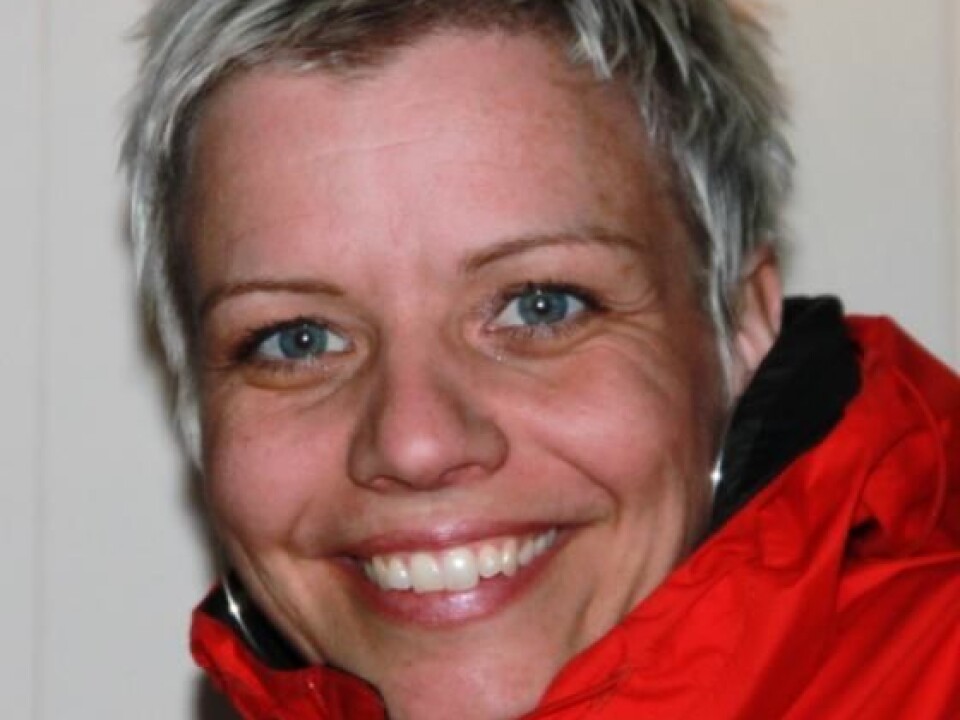
Brustad was keen on studying what the traditional dish skreimølja does in the way of providing North Norwegians their vitamin D. She measured vitamin D levels in people before and after a meal of the spawning cod with its traditional trimmings.
The results were remarkable.
“Those who started with low levels of vitamin D enjoyed a measurable increase after one meal of spawning cod, liver and roe,” she says.
Mølja compensates for lack of sun
The biggest mølje eaters live mainly in North Norwegian coastal communities.

When the researchers investigated levels of vitamin D in inhabitants of Andenes in Vesterålen, they found them to have winter levels of vitamin D that matched their summer levels, Brustad said.
The researchers determined that mølja is significant for public health up north and largely compensates for the lack of winter sun.
How about youngsters?
Skreimølje has long been a key element of the North Norwegian diet. Nutrition studies indicate that it still is. At the start of the new millennium, some 70 percent of the residents of North Norway confirmed they ate this traditional meal regularly. Many had it more than seven times over the course of the spawning cod season, which is from January to March.
“We have reason to believe that young people in North Norway don’t eat as much fish as the older generations, and that vitamin D levels among the youngest are comparably lower. But we don’t have much data on that. It’s high time for us to check it out,” says Brustad.
Cool to eat skrei
North Norwegian chefs say that it is trendy to order skreimølje in Tromsø restaurants.
Espen Vesterdal Larsen, a prize-winning Norwegian chef at the Culinary Academy in Oslo says that the skrei trend is working its south.
“Skrei has always been popular. Now we see that it reaching new segments of the population – not just people with links to North Norway," he says.
Plenty of restaurants in the capital are currently advertising that “skreien er kommet” – the spawning cod has arrived. But the chef has his doubts about how many will have the full dish with liver and roe on their menus.
“We see that chefs are curious and put their hearts into making use of the entire fish. A lot of them will also experiment with liver and roe, but perhaps in a more refined way than a serving of skreimølje,” Vesterdal Larsen says.
Spawning cod makes its way to tables round the world
Vesterdal Larsen has recently returned from a trip to the USA, where he promoted Norwegian skrei to American chefs.
Skrei has a fantastic history that makes it easy to sell abroad. More importantly though, Vesterdal Larsen boasts about its special quality.
Skrei come from one of the world’s major stocks of cod and spends most of their lives in the Barents Sea. When the fish reaches sexual maturity it migrates to the Norwegian coast to spawn. It is then usually five years old and is called skrei, rather than torsk [cod]. The term stems from the Old Norse skrida, which means “to travel”.
About ten percent of the cod stock finds its way back, preferably returning to where it hatched as fry. This spawning cod has fattened up more than an ordinary cod and built up muscle mass along its swim to the Norwegian coast.
Master chefs in France and elsewhere are wild about it.
Milk is less important
Some scientists might think it’s enough just to point out the health benefits of vitamin D.
Brustad says scientists currently have only solid empirical evidence for saying that the vitamin is important for bone health and muscle strength.
She says butter or margarine that has been enriched with vitamin D is also a good source. Vitamin D enriched milk, however, is less preferable because it contains too little of the vitamin, she adds.
“The new Nordic dietary recommendations call for a daily intake of ten micrograms of vitamin D for adults. You need to drink more than two litres of milk to reach that level,” she says.
Solariums – tanning salons – can also be a source of vitamin D. Our skin synthesizes the vitamin even with the help of artificial sunlight. But medical authorities and cancer prevention organisations advise against using these to get our vitamin D. Tanning salons have a documented negative effect on health, raising the risk of skin cancer.
“We recommend that people take cod liver oil and eat fatty fish to ensure they get enough vitamin D in the winter,” says Brustad.
--------------------
Read the Norwegian version of this article at forskning.no
Translated by: Glenn Ostling








